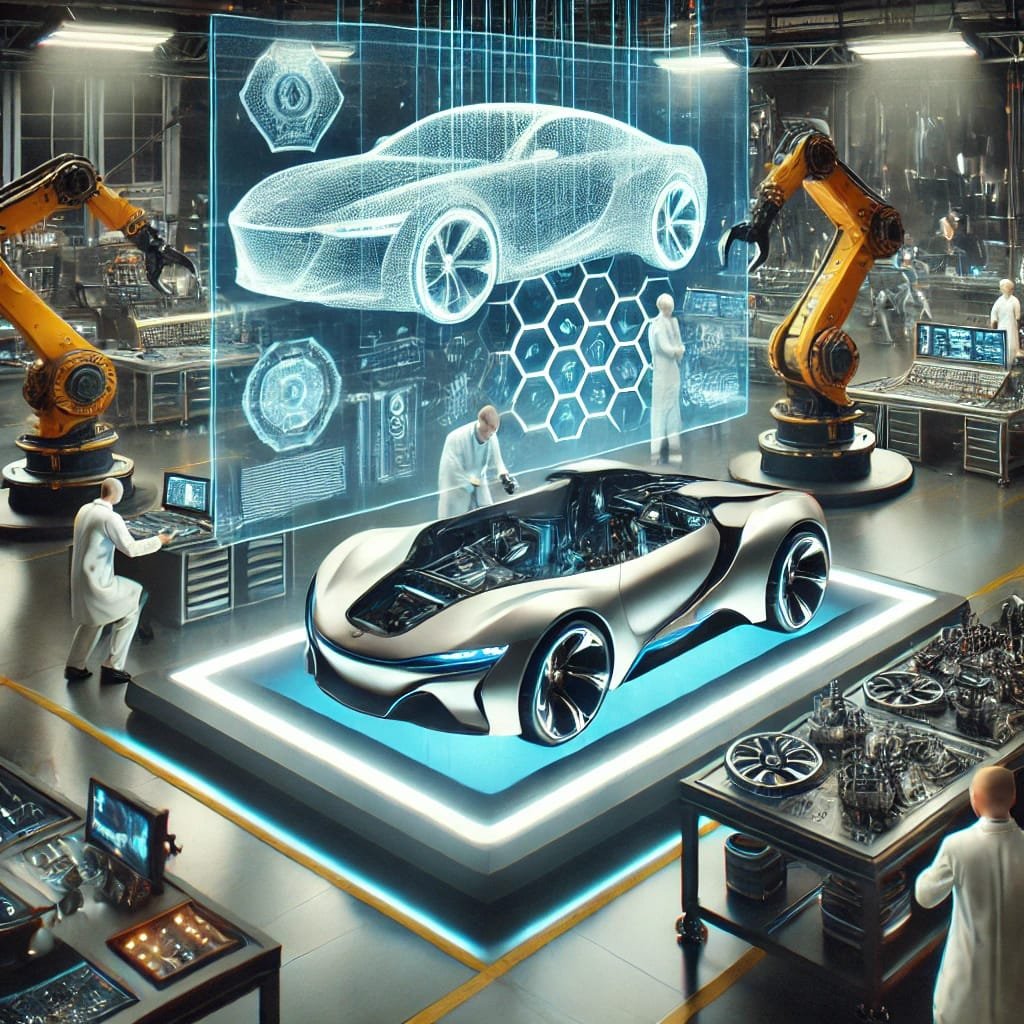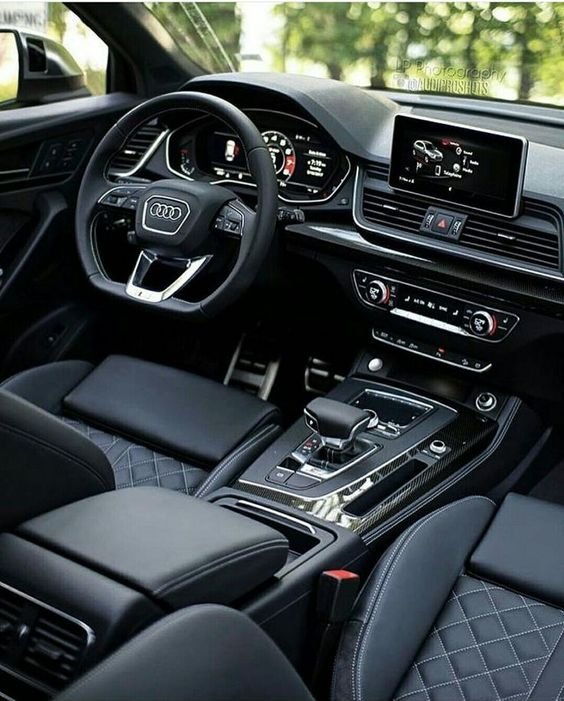
Artificial Intelligence (AI) has revolutionized many industries, and the automotive sector is no exception. The integration of AI in modern car safety systems has transformed how vehicles are designed, operated, and maintained, leading to safer and more efficient driving experiences. This article delves into the various ways AI is enhancing car safety systems, exploring its applications, benefits, and the future of AI-driven automotive safety.
Understanding Artificial Intelligence in Automotive Safety
AI refers to the simulation of human intelligence in machines that are programmed to think and learn. In the context of automotive safety, AI systems process vast amounts of data from various sensors and make real-time decisions to prevent accidents and improve overall vehicle safety. These systems encompass machine learning, computer vision, and neural networks, enabling vehicles to perceive their environment, predict potential hazards, and take corrective actions.
Key Applications of AI in Car Safety Systems
1. Advanced Driver Assistance Systems (ADAS)
AI is at the core of Advanced Driver Assistance Systems (ADAS), which are designed to enhance driver safety and comfort. Some of the primary ADAS features include:
– Adaptive Cruise Control (ACC): Uses AI to maintain a safe distance from the vehicle ahead by automatically adjusting the car’s speed.
– Lane Keeping Assistance (LKA): AI-powered cameras and sensors detect lane markings and provide steering inputs to keep the vehicle within its lane.
– Automatic Emergency Braking (AEB): Utilizes AI to detect potential collisions and automatically apply the brakes to prevent or mitigate accidents.
– Traffic Sign Recognition (TSR): AI algorithms recognize traffic signs and display relevant information to the driver, helping them comply with road regulations.
2. Collision Avoidance Systems
Collision avoidance systems use AI to predict and prevent potential accidents. These systems analyze data from various sensors, such as radar, lidar, and cameras, to monitor the vehicle’s surroundings. By identifying potential hazards, AI can prompt the driver to take corrective action or automatically intervene to avoid collisions.
3. Driver Monitoring Systems
AI-driven driver monitoring systems enhance safety by ensuring that the driver remains alert and focused. These systems use cameras and sensors to monitor the driver’s behavior, such as eye movement, head position, and facial expressions. If signs of drowsiness or distraction are detected, the system can issue warnings or take corrective actions, such as reducing speed or activating autonomous driving features.
4. Predictive Maintenance
AI helps improve vehicle safety by enabling predictive maintenance. By analyzing data from various sensors, AI can predict potential component failures before they occur. This allows for timely maintenance, reducing the risk of breakdowns and ensuring that safety-critical systems, such as brakes and tires, are always in optimal condition.
5. Autonomous Driving
Autonomous driving represents the pinnacle of AI in automotive safety. AI systems in autonomous vehicles (AVs) process vast amounts of data from sensors to navigate complex environments without human intervention. These systems are designed to handle a wide range of driving scenarios, from highway cruising to urban traffic, with the goal of reducing human error, which is a leading cause of accidents.
Benefits of AI in Car Safety Systems
1. Reduced Accidents and Fatalities
AI-driven safety systems significantly reduce the likelihood of accidents and fatalities. By continuously monitoring the vehicle’s surroundings and the driver’s behavior, AI can predict and prevent potential hazards, leading to safer roads.
2. Enhanced Driver Assistance
AI enhances driver assistance by providing real-time feedback and support. Features such as adaptive cruise control, lane keeping assistance, and automatic emergency braking make driving more comfortable and less stressful, particularly in challenging conditions.
3. Improved Decision-Making
AI improves decision-making by processing vast amounts of data and making real-time adjustments. This ensures that safety systems can respond to changing conditions more quickly and accurately than human drivers.
4. Increased Vehicle Reliability
Predictive maintenance powered by AI enhances vehicle reliability by identifying potential issues before they become critical. This not only improves safety but also reduces maintenance costs and downtime.
5. Progress Towards Fully Autonomous Vehicles
The development of AI-driven autonomous vehicles promises to revolutionize transportation. By eliminating human error, AVs have the potential to dramatically reduce accidents and fatalities, creating a safer and more efficient transportation system.
Challenges and Considerations
1. Data Privacy and Security
The extensive use of AI in car safety systems raises concerns about data privacy and security. Vehicles collect and process vast amounts of data, including personal information, which must be protected from unauthorized access and breaches.
2. System Reliability and Redundancy
Ensuring the reliability and redundancy of AI-driven safety systems is crucial. These systems must be able to operate effectively in all conditions, including extreme weather and unexpected scenarios. Redundancy in sensors and algorithms is essential to prevent system failures.
3. Ethical and Legal Issues
The deployment of AI in automotive safety systems raises ethical and legal questions. For example, how should an autonomous vehicle prioritize decisions in a potential accident scenario? Additionally, determining liability in accidents involving AI-driven systems can be complex.
4. Integration with Existing Infrastructure
Integrating AI-driven safety systems with existing road infrastructure poses challenges. This includes ensuring compatibility with traffic signals, road markings, and other vehicles. Collaboration between automakers, technology companies, and government agencies is essential for successful integration.
5. Public Acceptance
Gaining public acceptance of AI-driven safety systems and autonomous vehicles is a significant challenge. People need to trust that these systems are safe, reliable, and can handle a wide range of driving scenarios. Education and transparent communication about the benefits and limitations of AI in automotive safety are crucial.
The Future of AI in Car Safety Systems
The future of AI in car safety systems is promising, with ongoing advancements expected to further enhance vehicle safety and transform transportation. Some key trends and developments to watch for include:
1. Continued Evolution of Autonomous Vehicles
The development of autonomous vehicles will continue to progress, with improvements in AI algorithms, sensor technology, and regulatory frameworks. Fully autonomous vehicles have the potential to dramatically reduce accidents and reshape urban mobility.
2. Enhanced Connectivity and V2X Communication
Vehicle-to-everything (V2X) communication enables vehicles to communicate with each other and with road infrastructure. This connectivity, powered by AI, enhances situational awareness and enables coordinated responses to potential hazards, improving overall road safety.
3. Integration with Smart Cities
AI-driven safety systems will increasingly integrate with smart city infrastructure. This includes real-time traffic management, intelligent transportation systems, and enhanced pedestrian safety measures. The collaboration between vehicles and urban infrastructure will create safer and more efficient transportation networks.
4. Advanced Predictive Analytics
AI will continue to advance in predictive analytics, enabling even more accurate predictions of potential hazards and maintenance needs. This will further enhance vehicle reliability and safety, reducing the risk of accidents and breakdowns.
5. Personalized Safety Features
AI will enable more personalized safety features tailored to individual drivers. By analyzing driving patterns and behavior, AI systems can provide customized feedback and assistance, enhancing safety based on each driver’s unique needs and preferences.
Conclusion
Artificial Intelligence plays a pivotal role in modern car safety systems, offering advanced features and capabilities that significantly enhance vehicle safety and driving experience. From advanced driver assistance systems to predictive maintenance and autonomous driving, AI-driven technologies are transforming the automotive industry. While challenges remain, ongoing advancements and collaborative efforts will continue to push the boundaries of what is possible, creating safer and more efficient roads for everyone. The integration of AI in car safety systems is not just a technological evolution but a revolution that promises to redefine the future of transportation.
ALSO READ: Defender Octa Launched in India: A New Era for Luxury SUVs







